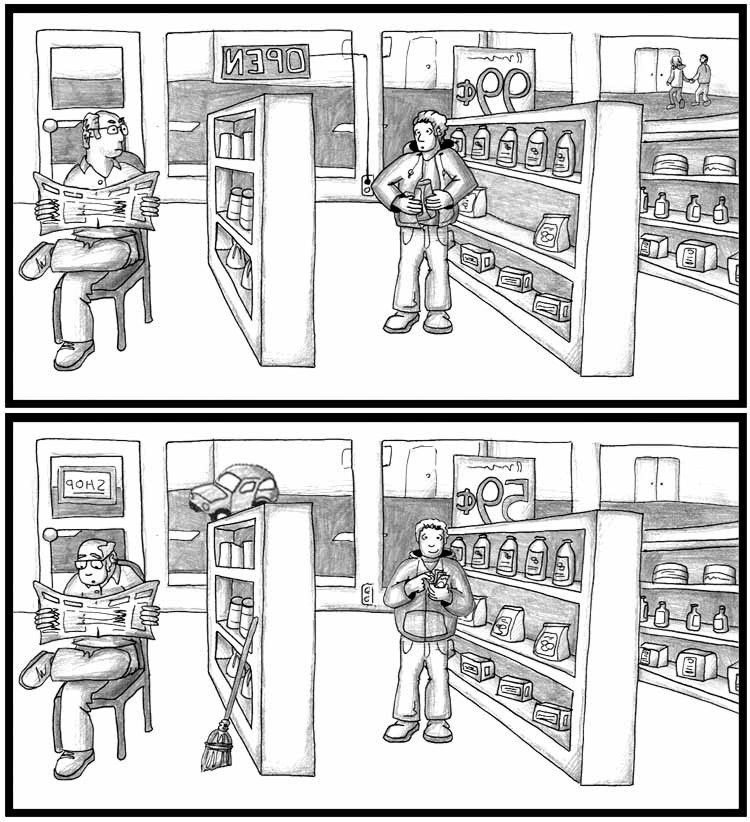
Adventages:
- Students create a communicative competence.
- Students learn how to use the language, if they make a mistake the teacher must keep it going and correct it later by emphasizing and practicing.
- Students develop a linguistic fluency.
- Students are active. They want to know something for this reason they ask for information.
- There is a social interaction not just the teacher, but the whole class.
- The important point here is that the teacher starts teaching in context using real vocabulary.
- The activities are focused on the students.
- Students infer what is going to happen.
Activity: Information Gap (Intermediate level)
For this activity students must be in pairs, one student will be Student A and the other will be Student B. Each one of them will receive a sheet, they have to ask each other for information in order to fill in the worksheet. The teacher sets up a time and then he/ she checks the activity.
Instructions:
- Get in pairs
- Ask your partner for information in order to fill in the worksheet
- For this activity you have (3 min)
- Then we will share the activity with the whole class. (5 min)












